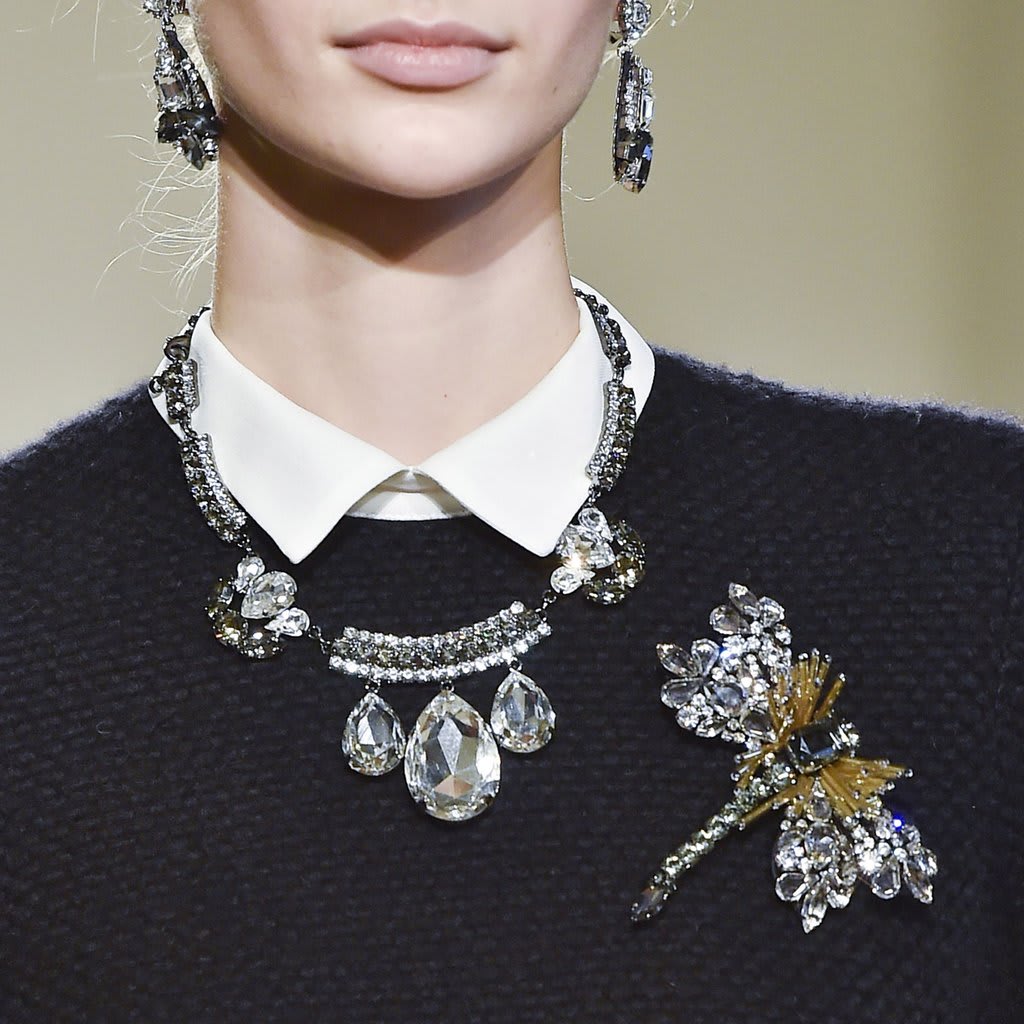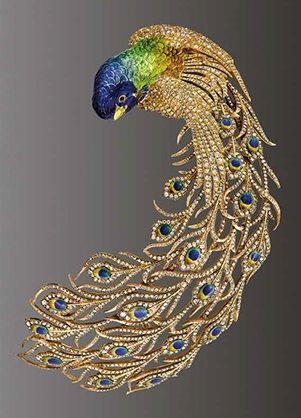Brooch is an elegant piece of jewellery accessory that dates back to a time when it was made of thorns and flint. Earlier, brooches were only considered a necessity to secure two pieces of cloth rather than a jewellery accessory.
The history of brooches as jewellery accessories can be learned in a jewellery design course. It is something every student must know about. This knowledge serves as a basis for inspiration when it comes to crafting traditional and modern jewellery.
Here’s a brief history of different types of brooches that makes an interesting matter to learn today.
The Origin of Brooches
It was during the Bronze Age that brooches were crafted using metals. The Byzantine period was an era when brooches became more ornamental. Brooches embellished with precious gemstones and metals became popular among the rich and the high class. It became a symbol of sophistication and class.
In the course of history, men and women were seen using exquisitely designed brooches to adorn hats, necklines, scarves, jackets, gowns, etc. Brooches evolved into jewellery with elaborate designs taking inspiration from nature, historical monuments, etc.
Students learning jewellery design are urged to meet craftsmen and understand about jewellery, including brooches. This kind of exposure encouraged by educational institutes forms a strong base for knowledge in various types of jewellery.
Modern Day Brooches
Today, brooches are trending in fashion. They are designed by world-famous designers and fashion houses viz. Chanel, Chaumet & Chopard and Boucheron.
Queen Elizabeth II is the one person famous for adorning herself with brooches like none other. The most iconic brooch displayed by the queen was the historic Prince Albert brooch worn on Derby day at the Royal Epsom. The brooch is embellished with a blue sapphire and diamonds around it. The queen is known to have an exquisite collection of brooches designed for all her garments.
A Retrospective View of Brooches
The Celtic Brooch
These brooches were worn by Celts and Vikings, and were used as cloak fasteners. The Celtic brooches first originated in the early medieval period in Britain and Ireland.
The Celtic brooch was in the shape of a ring with a long pin passing through it. These brooches were worn daily by both men and women. Fine detailing on metal gave it a unique look.
The Mourning Brooches
Mourning brooches, as the name says, were worn while mourning someone’s demise. They gained popularity during the 18th and 19th century. The brooches were specifically designed commemorating the passing of loved ones. The fine detailing and use of tiny pearls depicted tears and scenes of sorrow were engraved on ivory.
The mourning brooches were inscribed with the name, date of birth and date of death of the deceased person. It is one of the instances where jewellery designing was used to create a marker of memorable events in life, rather than just accessories for embellishment.
The Aigrette Brooches
The feather-shaped and flat cut diamonds are what define an Aigrette brooch. The 17th and 18th century was the time when the Aigrette brooches were immensely popular. Fine detailing and use of precious stones such as diamonds engraved in gold and silver were features of the brooches. These brooches were used as hairclips and were also pinned to a diadem.
In a subject such as jewellery designing, illustrating jewellery is an art. Illustration of various types of jewellery accessories such as hairclips, hairbands, bracelets, earrings, etc. are taught in a jewellery design institute. Here, students are taught how to capture fine detailing, craft jewellery using different metals, etc.
Camero Brooches
Camero brooches date back to the Victorian Era. The queen expressed great fondness for brooches and she would often gift one of them to the staff. These brooches were depicted with narratives such as mythological scenes, gods and goddess and legends which added an element of interest. Mostly the Camero brooches were carved out of hard stones and embellished with precious gems.
Brooches will always continue to be jewellery statements irrespective of who wears them. If you had some training in jewellery designing, you too can design brooches like the ones we discussed here.





